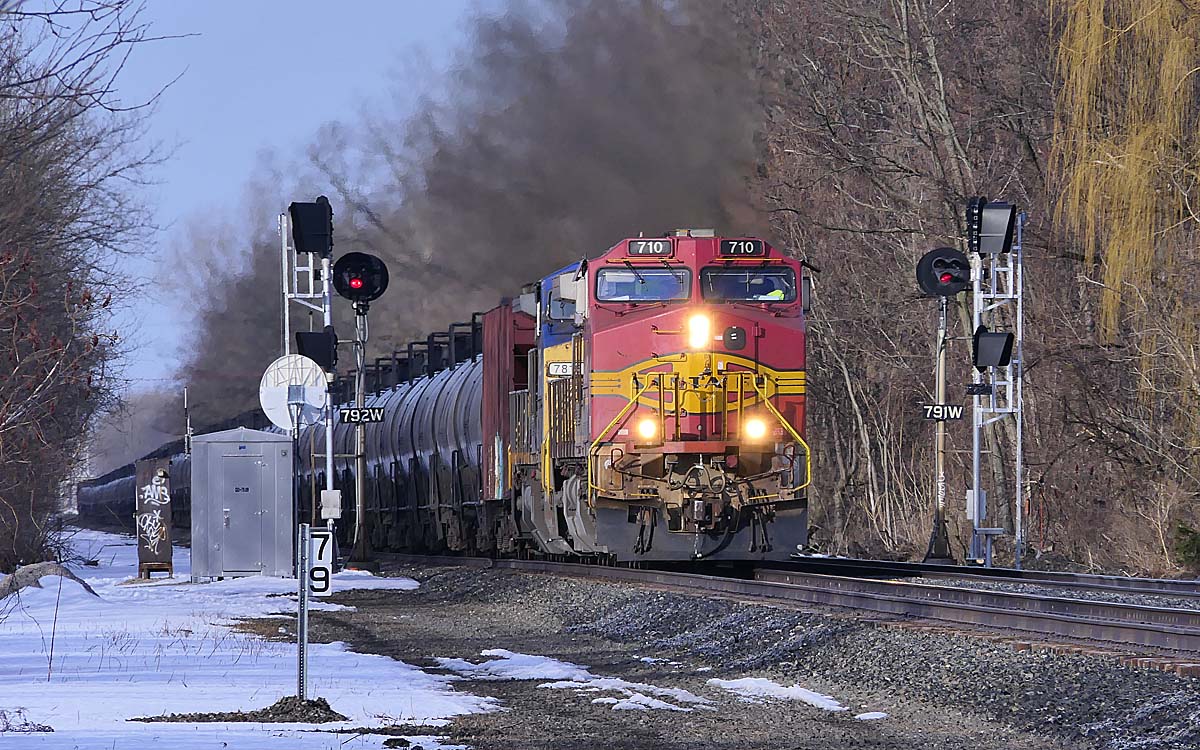Monday, Dec. 31, is the final deadline for all 41 affected railroads to comply with PTC laws, or have fulfilled the requirements for receiving a deadline extension of up to two years from the Federal Railroad Administration. According to the FRA, most major railroads affected by the change had fulfilled their obligations, or were close to doing so, in September.
Montana Rail Link announced in November that it will be PTC compliant by 2022 in a voluntary move. This commitment is significant because the railroad was not required to install PTC and would likely have avoided compulsory installation for years.
Still, there are other repercussions for the PTC deadline.
Amtrak announced it will discontinue Amtrak service on routes without PTC earlier in 2018. And, unless they also have privately owned locomotives have PTC equipment installed, say goodbye to most mainline steam excursions for the near future. Bennett Levin told Trains Magazine that the last run of his famed Pennsylvania-painted E8s happened in November in New York State because he declined to pay the costs to install PTC.
On the freight side, certain regional railroads and short lines will not be allowed to operate on segments of Class I railroad track they have been operating on if they fail to buy and install the needed equipment. For locomotives, it appears that older Class I railroad engines unequipped with PTC to PTC service will be stored and removed from the roster in the coming months on most complying railroads.
For the billions of dollars spent on positive train control, so far; the hurried ways certain railroads have responded to the Dec. 31 deadline this year; and for the end of the analog era of electronic signaling that had been in place for nearly 100 years; Trains editors name positive train control the No. 4 story of 2018.
Trains Top stories for 2018: No. 10, Giants of RAIL PHOTOGRAPHY pass on
Trains Top stories for 2018: No. 9, Station Restorations
Trains Top stories for 2018: No. 8, Indiana Transportation Museum woes















There are a couple of PTC questions in my mind that have not, to my belief, been answered to the railfan crowd: One, how much will it cost, ballpark, per locomotive, to equip units, either new Amtrak Siemans or existing Amtrak and Class ones, with PTC? $50,000 per? $100,000 per? More? Less? There must be some number out there to which Bennett Levin said, “Thanks but no thanks.” Second, will one PTC version in a locomotive take it anywhere in the USA? If not, does say, Amtrak have to limit the range of specific units? Any one out there know?